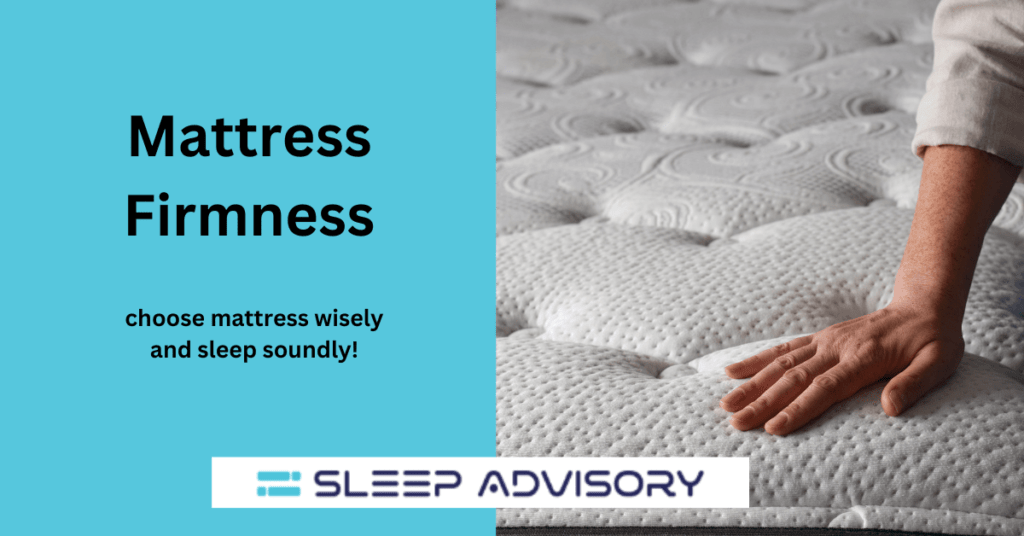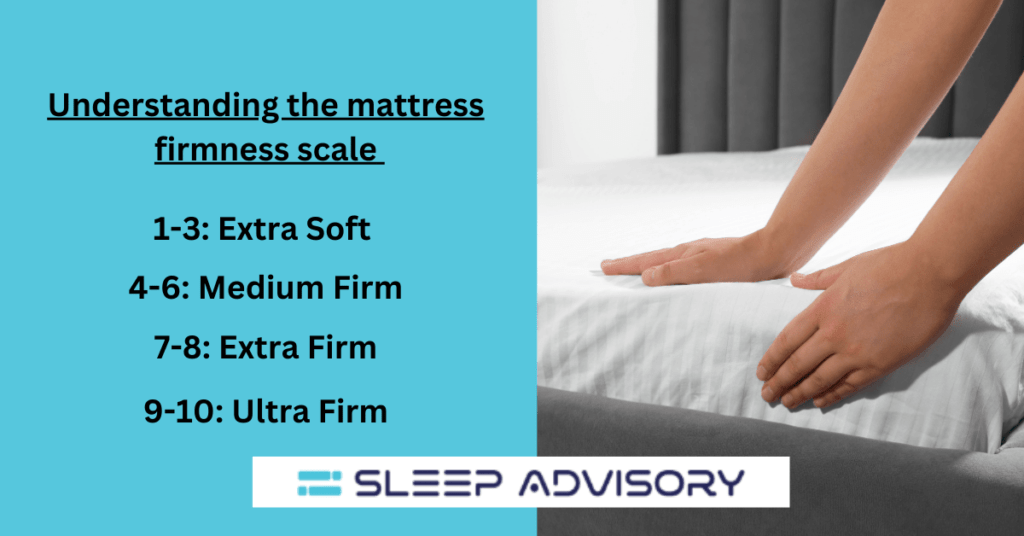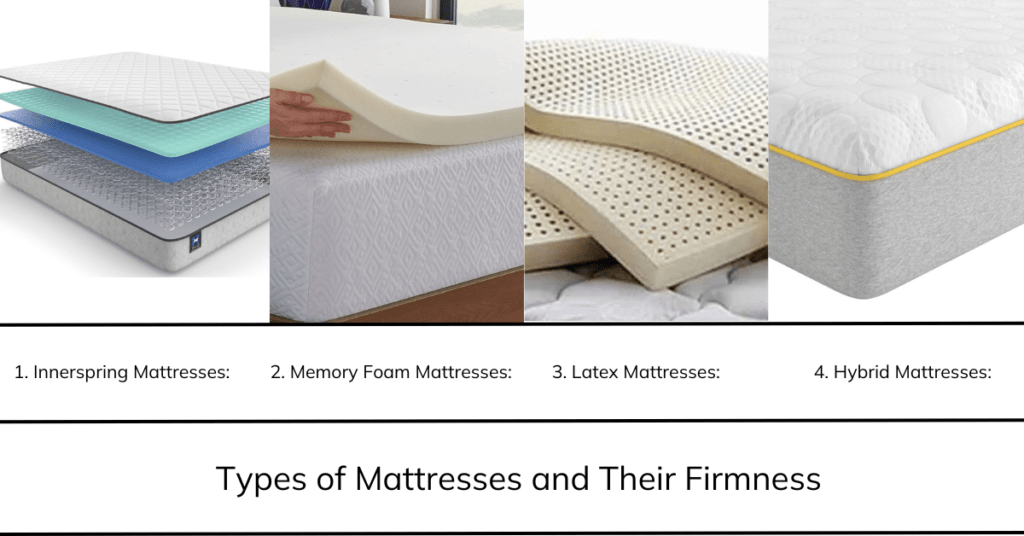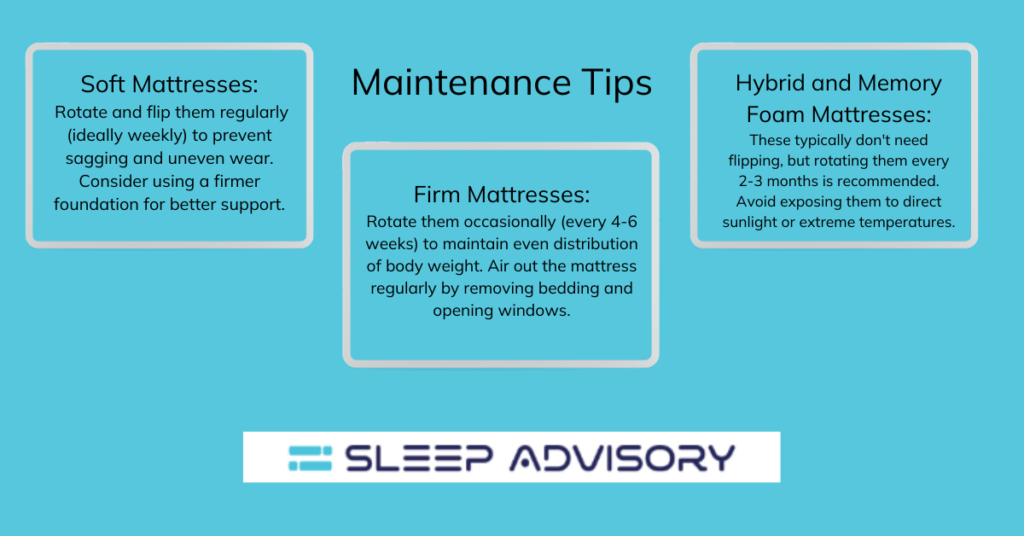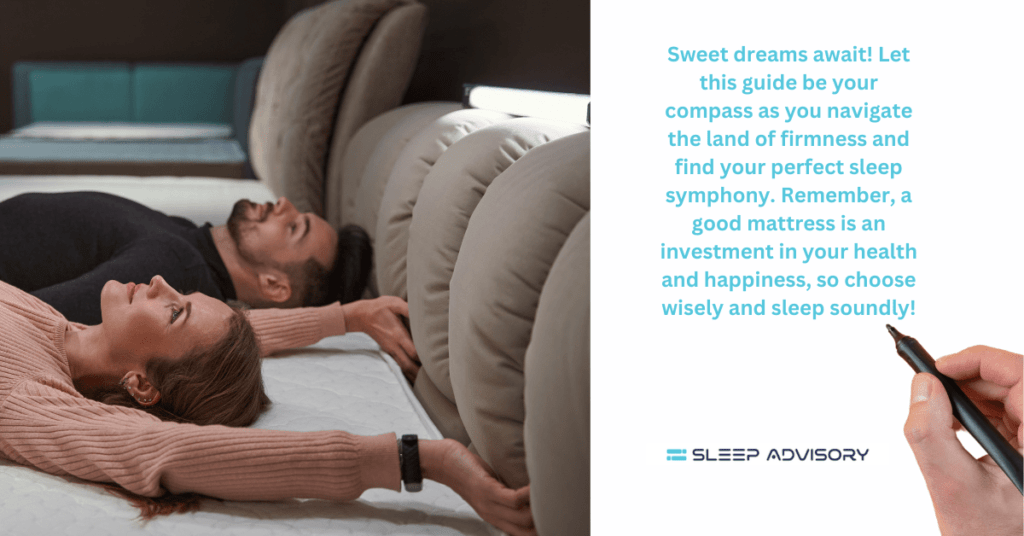When you’re picking a mattress, people often say how firm or soft it is matters most for a good sleep. But sometimes, people believe things that aren’t true, and it might make it harder to find the right mattress. Let’s clear up some common wrong ideas so you can choose what’s best for you without being misled.
Myth #1: A Firm Mattress is Always Better for Your Back
Some people think a super firm mattress is best for fixing back pain, but that’s not always true. If it’s too firm, it might hurt your hips and shoulders and make your back pain worse.
Truth is, the right firmness depends on how you sleep, your body, and what you like. If you sleep on your side, a softer mattress is good. Stomach sleepers might like it firmer for a straight back. Back sleepers usually feel comfy on a medium-firm one.
Myth #2: You Need to Replace Your Mattress Every 8 Years
This arbitrary number gets thrown around like gospel, but it’s not necessarily accurate. Your mattress’s lifespan depends on various factors, including its quality, type, and how well you care for it. A high-quality mattress can last well over 10 years, while a cheaper one might need replacement sooner.
Truth: Pay attention to signs of wear and tear, such as sagging, dips, or lumps. If you wake up with aches and pains that weren’t there before, it might be time for a change. Remember, comfort and support are key, not an eight-year deadline.
Myth #3: More Expensive is Always Better
While quality and price often correlate, it’s not always a guarantee. Expensive mattresses can be overpriced due to brand names or fancy features you might not need.
Truth: Focus on what matters to you, like materials, comfort level, and support features. Research different brands, compare prices, and rank your specific needs over inflated price tags.
Myth #4: You Can’t Flip Your Mattress Anymore
Many modern mattresses are designed to be one-sided, offering different levels of firmness on each side. Yet, some traditional mattresses still enjoy flipping to distribute wear and tear evenly.
Truth: Check your mattress’s warranty and manufacturer recommendations before flipping. If it’s allowed, flipping can extend its lifespan and maintain comfort.
Myth #5: Pillow Toppers Fix Everything
While pillow toppers can offer temporary comfort or adjust firmness slightly, they shouldn’t be a substitute for a good mattress. A poorly constructed mattress won’t be magically fixed by a topper, and it might even mask underlying support issues.
Truth: Think of a pillow topper as a temporary tweak, not a permanent solution. If your mattress needs serious help, consider replacing it instead of relying solely on a topper.
Remember, comfort and proper support are the ultimate goals, not blindly following outdated myths or marketing gimmicks.











































